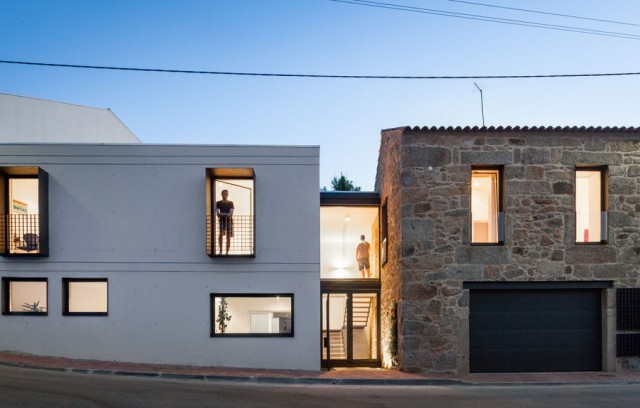First, pandemic-related restrictions and the rise of remote working have actually weakened the case for urban housing. Indeed, rents in the cities analyzed have declined on average—something that happened rarely in the past. Second, housing affordability in cities was already heavily strained even before the pandemic struck.
Worsening affordability, unsustainable mortgage lending, and a rising divergence between prices and rents have historically served as forerunners of housing crises. As long as financing costs trend toward zero, property prices, incomes, and rents can continue to decouple. But ever-higher prices and leverage imply ever-higher risks, a spiraling path that will likely prove a dead end in the long term.
According to the recently published "UBS Global Real Estate Buble Index" report, real house price growth in the cities analyzed accelerated to 6% from mid2020 to mid-2021, the highest increase since 2014. Moscow, Stockholm, and the cities around the Pacific—Sydney, Tokyo, and Vancouver—recorded double-digit price growth.
European housing markets are still hot, and imbalances are sky-high. Six out of nine cities in the bubble risk zone are in Europe. Stockholm and Moscow belong to the top three cities with the highest increase of imbalances compared with last year. By contrast, none of the US cities evaluated are in bubble risk territory.
The UBS Global Real Estate Bubble Index analyses residential property prices in 25 major cities around the world. In this year’s edition, we discuss how housing prices in urban centers have continued to climb, which is noteworthy for two reasons. First, because city life has suffered a considerable blow from the pandemic and the rise of remote working. Second, because housing affordability in cities was already heavily strained even before the pandemic.
And yet the lack of affordability of homeownership has evidently not been an obstacle to price increases. Record low financing costs and the entrenched expectation of long-term value gains have made owning a home so appealing that the price and debt level don’t seem to matter—however, this may prove to be a fallacy.
For the first time since the 1990s, housing prices in non-urban areas have increased faster than in cities. The costbenefit ratio of urban living has taken a sharp turn for the worse, as entertainment and shopping options have been reduced and city-center offices have been largely abandoned.
Pandemic-related restrictions and the rise of remote working have weakened the case for urban housing. Rents in the cities analyzed have declined on average, something that happened rarely in the past. In some cities rents even posted a double-digit drop.
Eurozone
Imbalances remain sky-high in Frankfurt, Munich, Paris, and Amsterdam. Index scores were roughly stable compared with last year’s edition, with the exception of Munich, which recorded a decline. Housing markets remain under the spell of the European Central Bank’s negative interest rate policy and easy lending standards. In countries with robust economic growth, urban home prices soared across the board over the last decade.
In the German cities, real prices are now close to 90% higher than they were in 2012. In Amsterdam prices are up by 75%. In Paris, which follows a different cycle, and in mainly the southern part of the Eurozone, the impact was less pronounced.
Overall, price increases have slowed down over the last year and fallen behind the respective national averages as city centers have become less affordable and demand has shifted to the suburbs and satellites. Nevertheless, a price correction is not imminent as long as job creation within these cities remains strong and interest rates stay negative.
Milan and Madrid were hit relatively harder by the pandemic. Strict and long lockdowns brought housing market recoveries to a halt. The index scores of both cities trended sideways. A period of sustained and healthy economic growth would be needed to trigger a housing boom in these cities.















